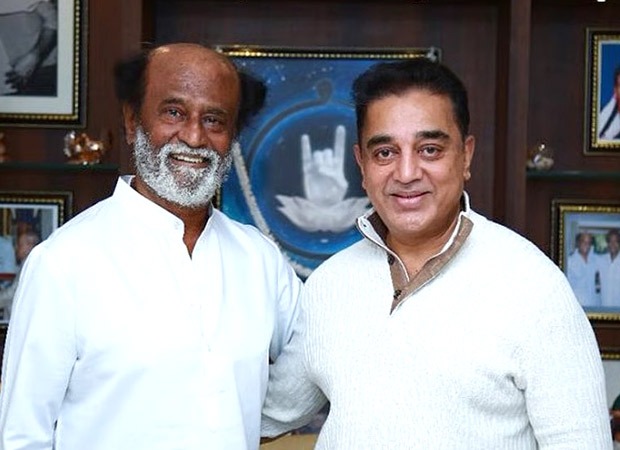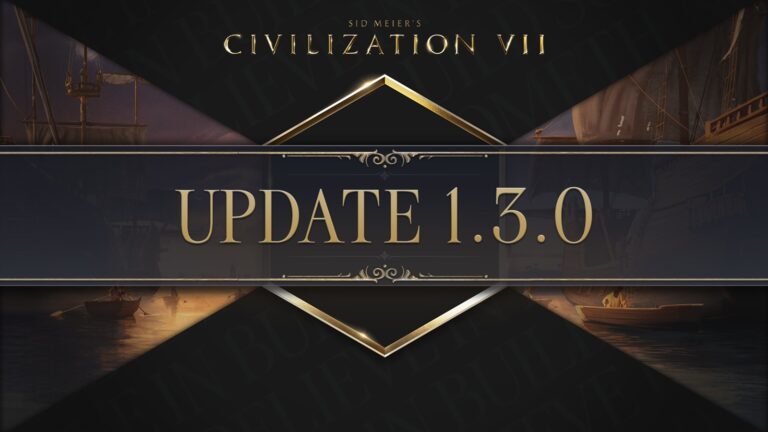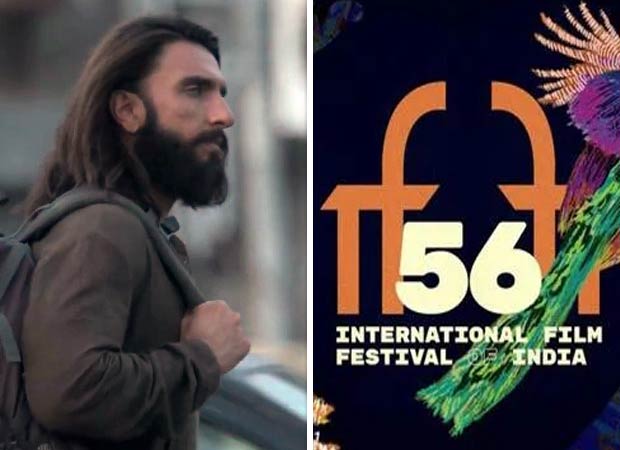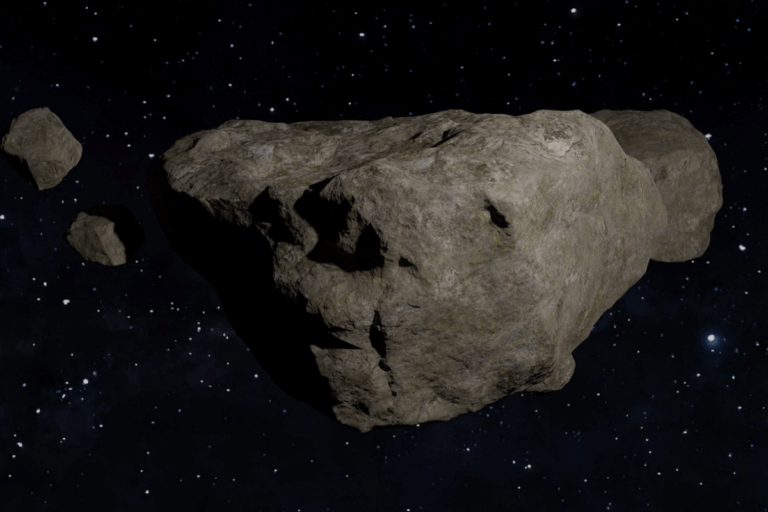
**The Divine Legacy of Goddess Durga Worship in Madhya Pradesh**
*“It is the Divine Mother who exists in the form of the universe and pervades everything as Consciousness.”* – Ramakrishna Paramhansa
The Shardiya Navratri festival is currently underway in Bhopal, Madhya Pradesh. Across the city, hundreds of pandals have been adorned with beautifully crafted idols of Goddess Durga. These devotional spaces come alive as hymns from the *Durga Saptashati*, a revered religious scripture, echo through the mornings and evenings.
### A Historical Roots Tracing Back Millennia
The tradition of worshipping Goddess Durga idols in Madhya Pradesh dates back to the Mauryan era and possibly even earlier. Excavations conducted between 1994 and 1996 in Ninore, Sehore—approximately 56 km from Bhopal—unearthed two idols believed to be around 2,300 years old. One striking idol features twelve arms, symbolizing the goddess’s many powers. These figures are modest in size, measuring two inches tall, 12 cm long, 6 cm wide, and 1 cm thick.
Noted Indian iconography scholars, including NP Joshi, have extensively studied these ancient artifacts. Additionally, several sculptures of Mahishasurmardini were discovered in Hinglajgarh, Mandsaur district. These sculptures belong to the Gupta and Paramara periods, highlighting the rich and continuous legacy of Durga worship in the region.
### The Enduring Symbolism of Goddess Durga
The vibrant celebrations of Shardiya Navratri—filled with illuminated pandals and spirited prayers—are a thriving continuation of traditions established thousands of years ago. One iconic emblem of this heritage is the Sharda Temple in Maihar, a testimony to Madhya Pradesh’s deep spiritual history.
Ancient texts also shed light on the significance of the goddess. For instance, Chanakya’s *Arthashastra* references Goddess Aparajita, a form of Durga, urging her worship within forts to protect cities. Scholars suggest that the name “Durga” itself is linked to “Durg,” meaning fort, providing insight into why idols of the goddess were found within the fort of Hinglajgarh.
The term Aparajita means “undefeatable female power,” aptly describing Durga’s essence.
### Cultural Connections: Goddess Durga and Goddess Nana
There has been scholarly debate over the similarities between Goddess Durga and the Bactrian Goddess Nana. Nana, the patron deity of the Kushan Empire, was associated with war, fertility, wisdom, and power. Her origins trace back to Mesopotamia in the early second millennium BCE.
During Emperor Kanishka-I’s reign, Goddess Nana was worshipped in India, with her imagery even appearing on Kushan coins. Nana is sometimes depicted with four arms, each holding weapons—paralleling some iconographic elements of Durga.
These parallels have led some Indian iconographers to draw connections between Nana and Durga, illustrating the dynamic intercultural exchanges across ancient civilizations.
### Mesopotamian Links: Inanna and Durga
Further archaeological and historical research points toward another Mesopotamian goddess, Inanna, sharing traits with Durga. Both goddesses are often portrayed seated on lions or tigers, powerful symbols of strength and authority.
Inanna is symbolized by eight stars, which some interpret as correlating with the ten hands of Mahishasura Mardini (another name for Durga). The ancient trade and cultural interactions between Mesopotamians and the Indus Valley inhabitants could explain these artistic and symbolic similarities.
Despite these commonalities, notable differences remain. Inanna represents fertility and material power, whereas Durga embodies divine power, wisdom, blessings, and justice. Durga’s worship is believed to liberate the soul from the endless cycle of birth and rebirth—she is known as *Moksha Datri*, the liberator of the human soul.
### The Compassionate Power of Mahamaya
Interestingly, Durga’s destruction of the demon king Mahishasura is not an act of mere vengeance. After vanquishing him, Durga frees Mahishasura from his cursed existence. In fact, Mahishasura is also revered and offered food alongside the goddess during rituals.
Durga is also called *Mahamaya*, meaning “the great illusion.” It is believed that sincerely invoking her name can dispel all illusions clouding the mind and heart.
—
As Bhopal and the rest of Madhya Pradesh celebrate Shardiya Navratri this year, the ancient spirit of Goddess Durga’s worship continues to resonate—binding the past with the present in a timeless devotion to the Divine Mother.
https://www.freepressjournal.in/bhopal/tome-and-plume-cosmic-mother-is-worshipped-in-mp-for-over-2300-years





